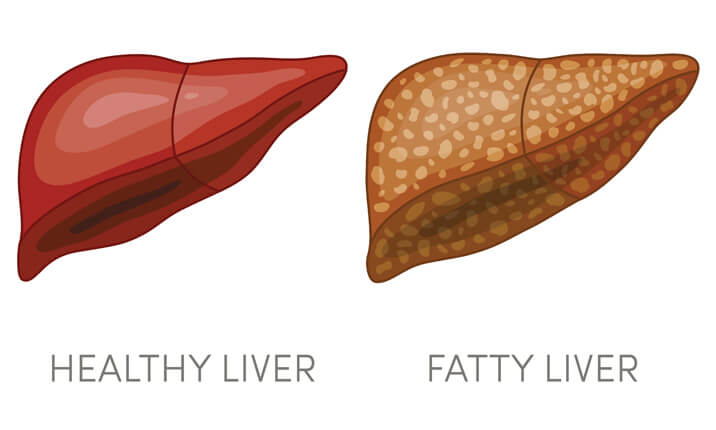Fatty Liver
A collection of fats in the liver cells is called the fatty liver. This condition is also called steatosis hepatitis or steatorrhoeic hepatosis.
Fatty liver by itself though abnormal is a relatively harmless condition. The liver is the largest organ in the human body. It plays many roles in keeping the biochemical balance intact. You should know some normal functions of the liver to understand how the disease affects it.
Fatty liver has large amounts of fats (triglycerides) accumulating within the liver cells. Excess aggregation of fats within the small hepatocytes swells them up and occasionally the whole liver is enlarged enough for feeling it.
Fatty liver can be a harbinger of more troublesome conditions. Steatosis simply means a collection of fat vacuoles within the liver cells (hepatocytes).
Alcohol and obesity are the two leading causes of fatty liver worldwide. Alcoholic Liver Disease (ALD) and Alcoholic Fatty Liver (AFL) are entities by themselves. Obesity plus other non-alcoholic conditions comprise Non-Alcoholic Liver Disease (NALD).
When these fat cells cause inflammation of the liver tissues, it's called steatotic hepatitis and it is of notable concern. Both alcohol, as well as other conditions causing major biochemical changes in our bodies, can cause steatotic hepatitis. When this condition is due to reasons other than alcohol, it's denoted by the term Non-Alcoholic Steatotic Hepatitis or more commonly as NASH.
Fatty liver when inflamed, can over a period of time cause scarring and fibrosis of the liver. This condition called cirrhosis is serious and has serious side-effects if left unchecked.

